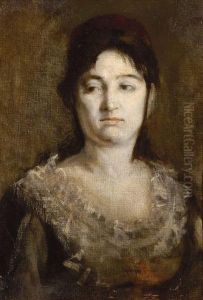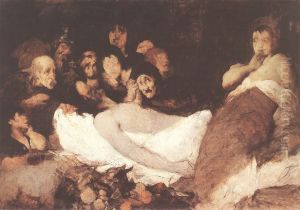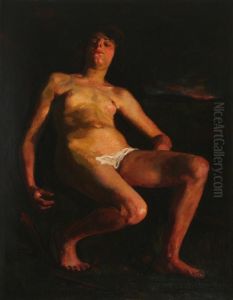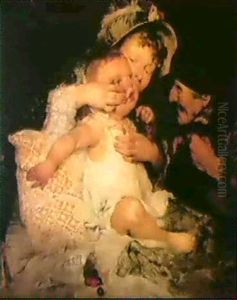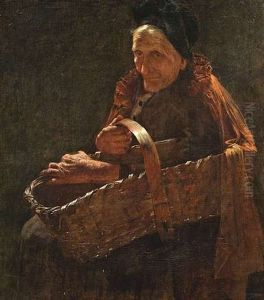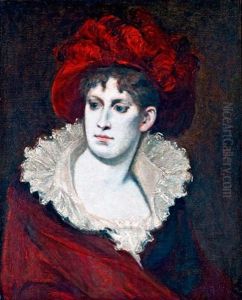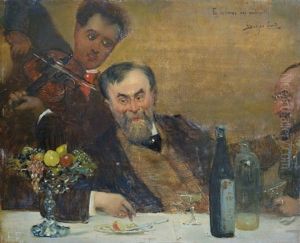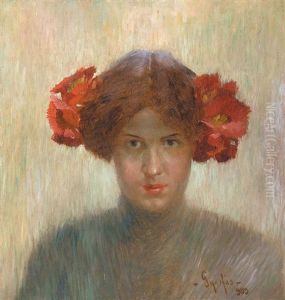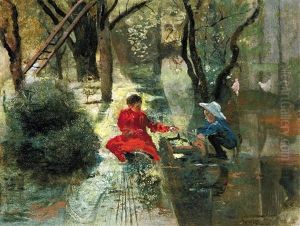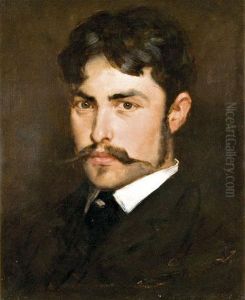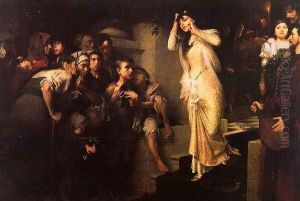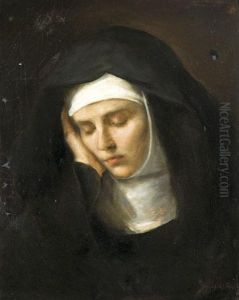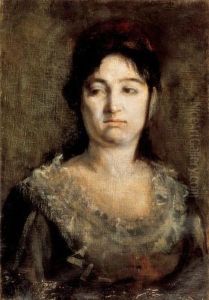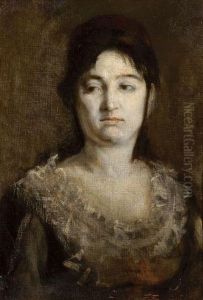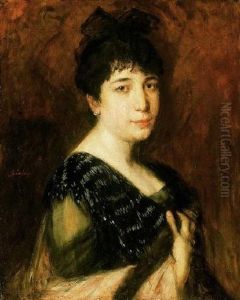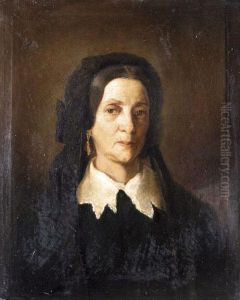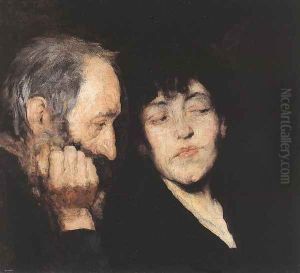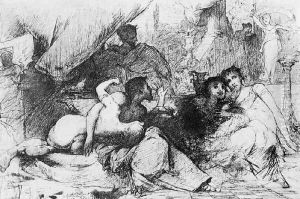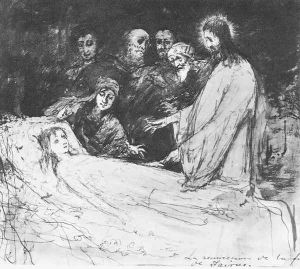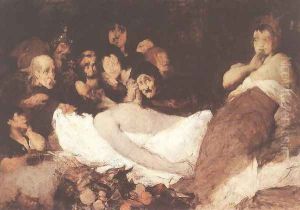Jeno Gyarfas Paintings
Jenő Gyárfás was a Hungarian painter and graphic artist, known for his contributions to early 20th-century Hungarian art. Born in 1891 in Hungary, Gyárfás demonstrated an early interest in art. He pursued his studies at the Hungarian Royal Drawing School, where he was influenced by the prevailing trends of the time, including Art Nouveau and later, Expressionism.
Gyárfás's work is characterized by its vibrant use of color and dynamic compositions, often exploring themes of Hungarian folklore, landscapes, and rural life. He was deeply inspired by the Hungarian countryside, its people, and traditions, which he depicted with a unique blend of realism and stylization. His landscapes and scenes of daily life in Hungary are particularly notable for their atmospheric quality and emotional depth.
Throughout his career, Gyárfás was an active participant in the Hungarian art scene. He exhibited his works in numerous exhibitions both in Hungary and abroad, gaining recognition for his distinctive style. Despite facing the challenges of the two World Wars and the changing political landscape in Hungary, he continued to produce work that resonated with both national identity and universal human experiences.
After World War II, Gyárfás's style evolved, reflecting the hardships and realities of the post-war period in Hungary. However, he never lost his passion for the beauty of the Hungarian landscape and the resilience of its people. Jenő Gyárfás passed away in 1959, leaving behind a rich legacy of artistic work that continues to be celebrated for its contribution to Hungarian and European art. His paintings and graphics remain an important part of Hungary's cultural heritage, appreciated for their technical skill and emotional impact.
